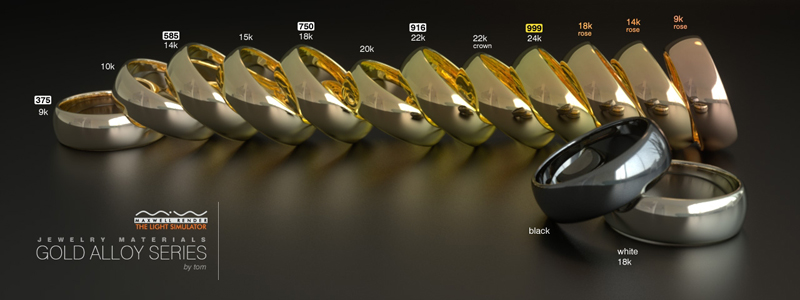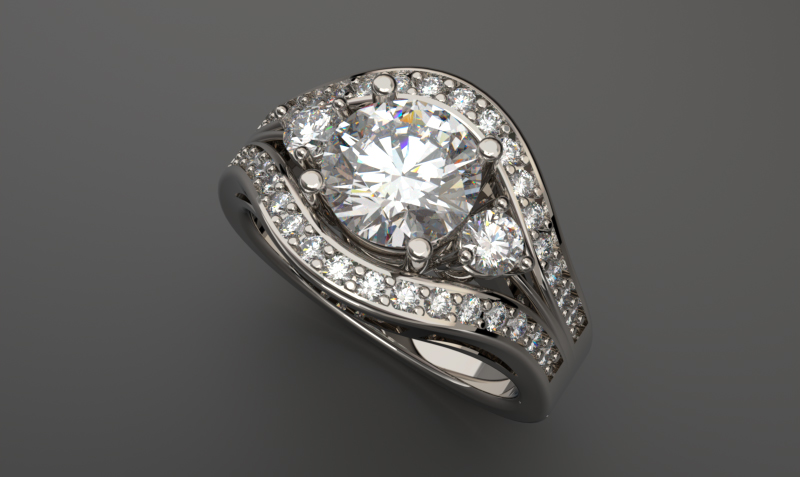IOR files
Atilla Akin
IOR Measured Data
As an alternative to the Reflectance, Nd and Abbe values, you can use an .IOR file which provides Maxwell Render with the exact index or refraction (Nd + K values) for each wavelength of a material. Complex IOR (also called Full IOR) data is collected from precise measurements in laboratories and describe the optical properties of a material to the highest degree of accuracy. These materials have the advantage of being extremely realistic, with some drawbacks:
An IOR file may contain "dielectric" properties even if it's ment to be a solid material. For this reason you must always apply a material that uses an IOR file to a model that has real thickness, and is not only a single sided polygon.
The use of complex IOR data means Maxwell Render has a lot more math to do. Complex IOR computations require evaluation of more mathematical functions and they are dependent on viewing angle and on spectral wavelength. In addition, they involve the computation of full dispersion (which in itself introduces a performance hit; taking longer to resolve image noise). This method does not allow for many optimizations without sacrificing the intended physical accuracy.
Surface properties such as roughness, anisotropy and bump can still be changed when using IOR files. Naturally, a BSDF with an IOR file loaded can still be mixed with other “regular” BSDFs to create material variations.
When to use regular BSDF or IOR files
Suppose you work in jewelry and would like to render gold (and only gold in its pure form) and you do not mind waiting longer for a high resolution image, as long as the result is physically accurate in the most precise way possible; capturing the subtle effects of light and the unexpected shifts in color as it would if a real gold object was present. In this situation the use of a complex IOR material is recommended.
On the other hand, suppose you are working on a two-minute animation of a gold robot for a TV production. In this case you need speed and flexibility. For instance, you might want the gold to look a bit redder and you might want it to reflect some blue light in some areas. In this case the extreme accuracy of an .IOR file is not needed. Instead, you can opt for a regular BSDF material and adjust the parameters until you get something that resembles gold in many respects. Your custom-made gold follows the physical laws of light for accuracy, while still being entirely customizable and production-friendly.
As a general rule, .IOR files that describe metals will not render much slower, but .IOR files describing transparent materials involve the calculation of dispersion, increasing the render time. When using .IOR files, dispersion cannot be turned off; it is “built-in” in the .IOR file data.
A big collection or .IOR files are included with the Maxwell installation, found in Maxwell Render 5 > materials database > ior files.

